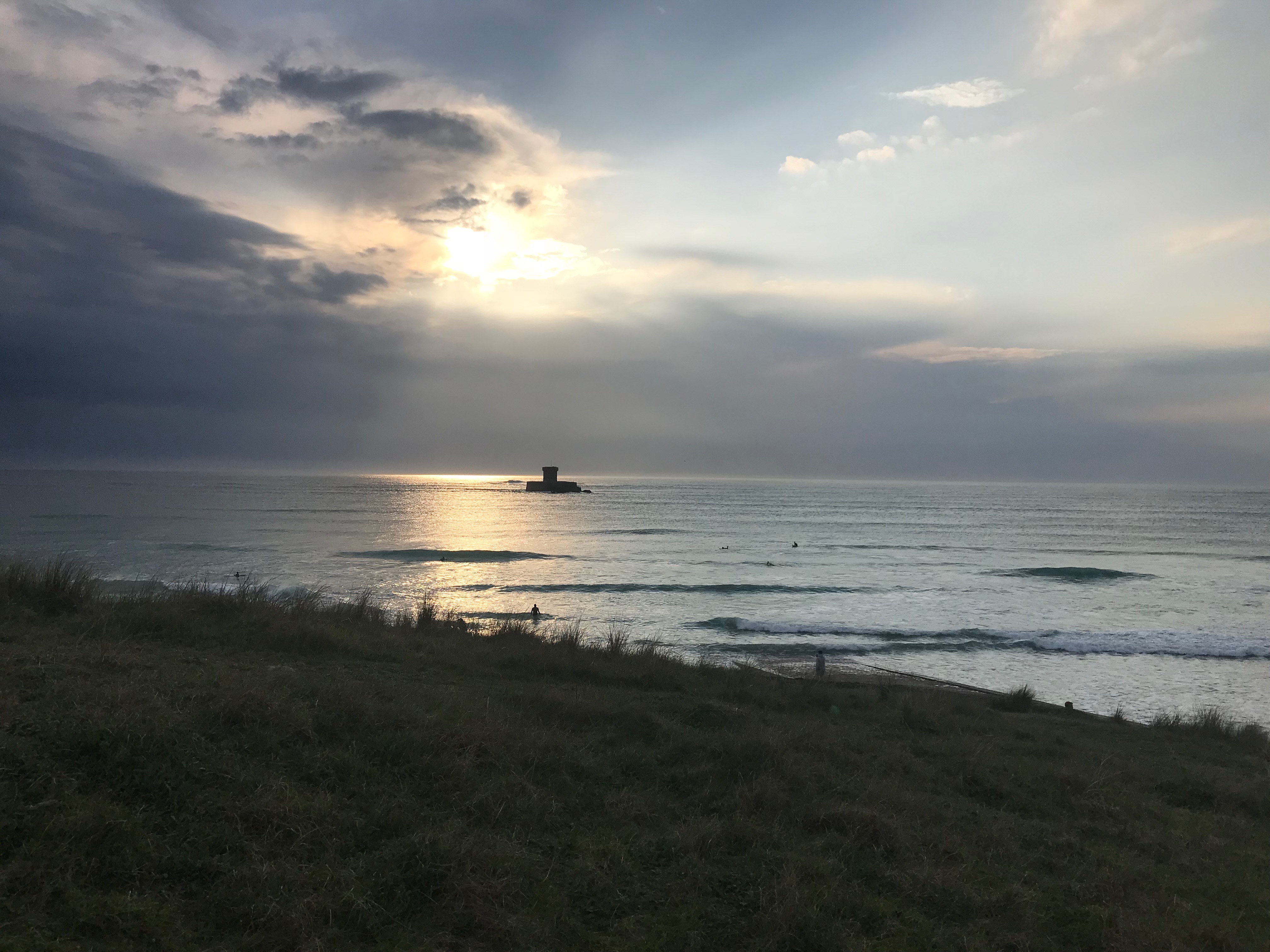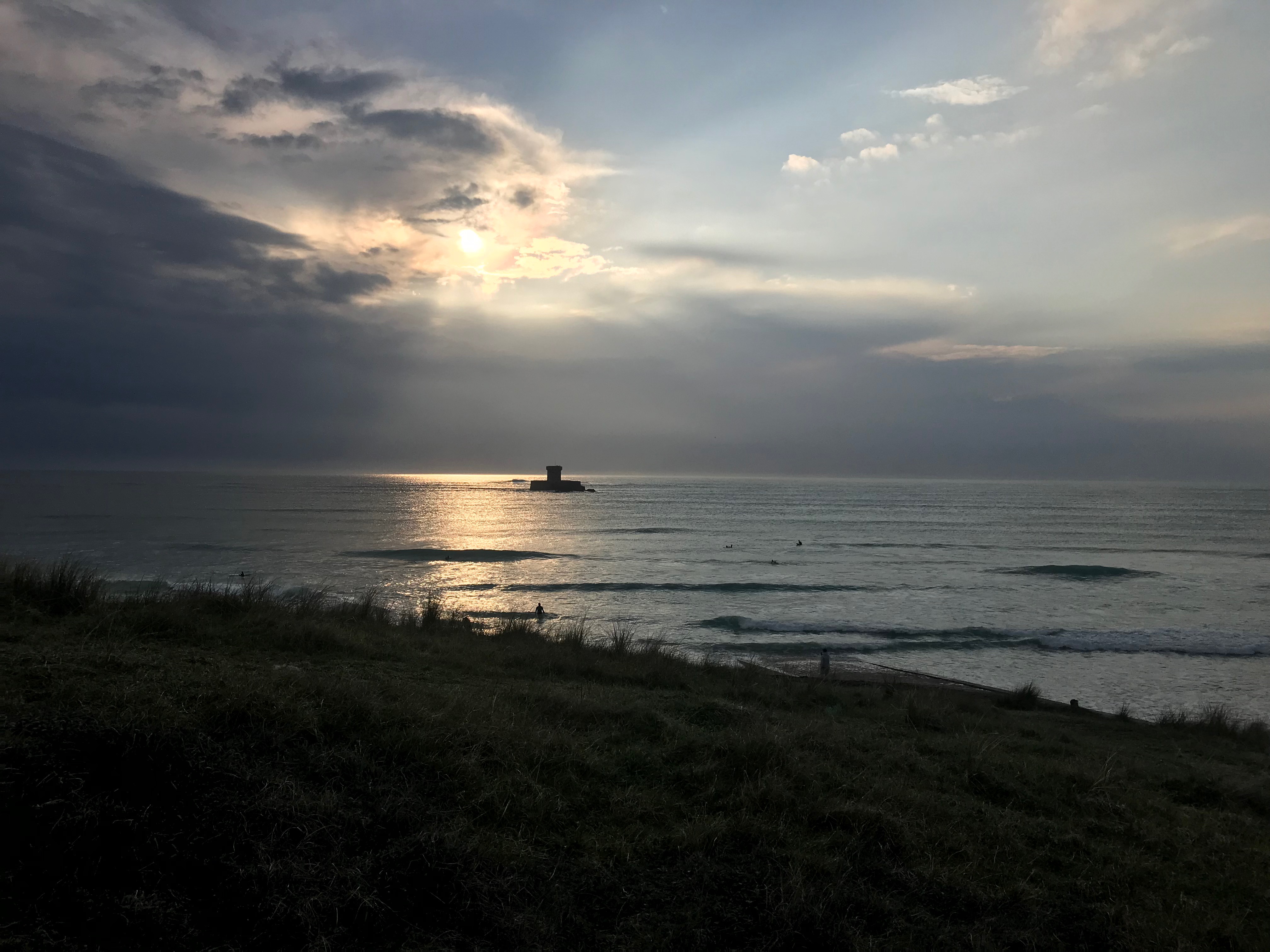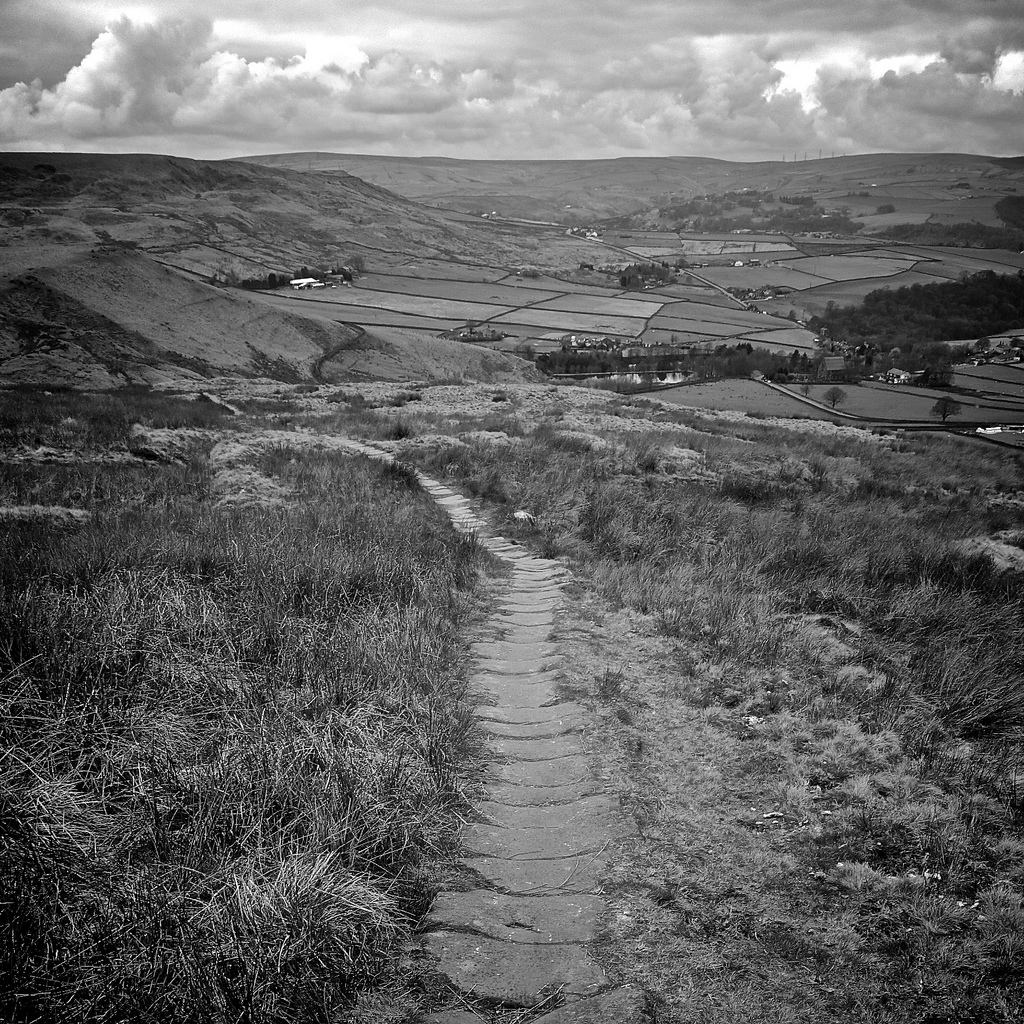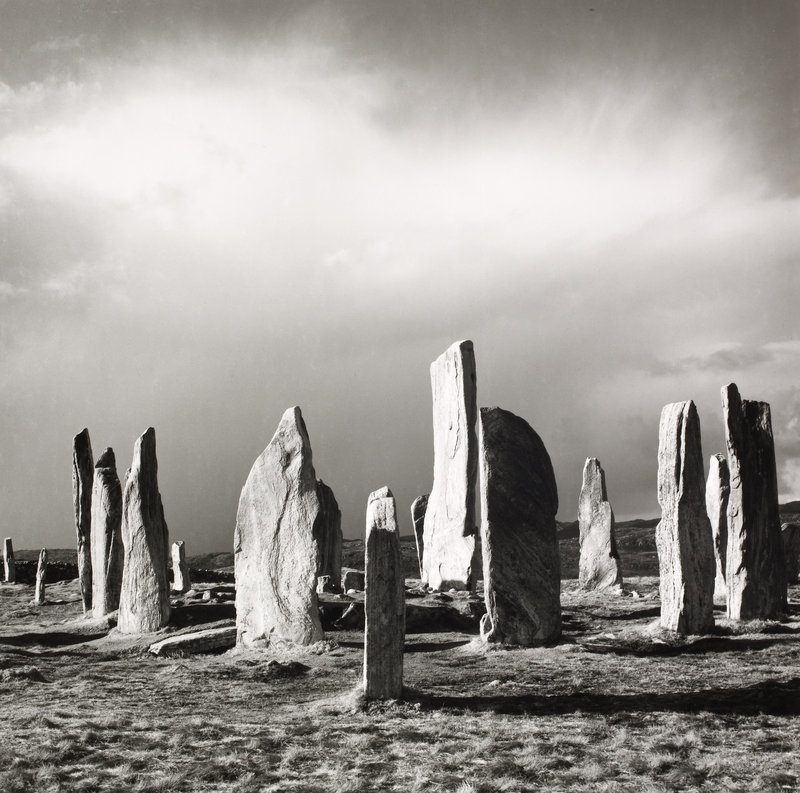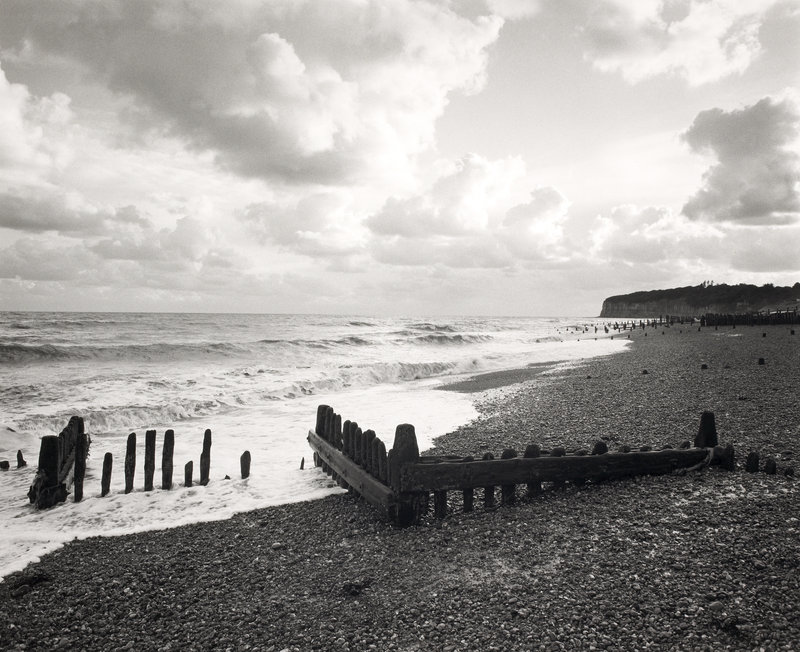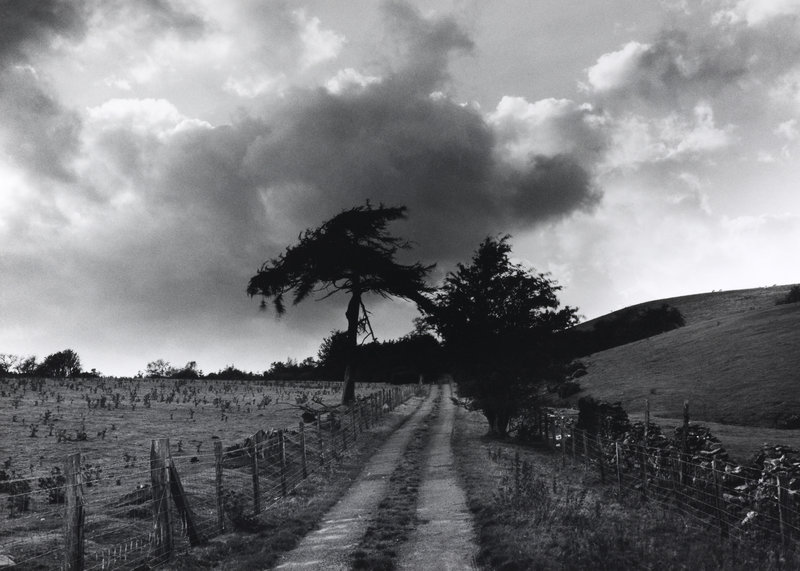What is panoramic photography?
Panoramic photography is a technique within photography that uses specific equipment or software, to capture and horizontally elongate its fields of view to an image taken. The term however can be applied to photographs that are cropped to a relatively wide aspect ration, and in some cases is known as wide format photography.
There is no division between the terms “wide-angle” and “panoramic”, but rather that “wide-angle” usually refers to a certain type of lens which does not necessarily make the image a panorama. However an image taken approximately, or greater than the human eye, for example about 160° by 75° can be termed as panoramic. This usually means that the aspect ration of the image is 2:1 or larger, with the image being twice as wide as it is high resulting in a wide strip image. Some panoramic imagery covers 360 degrees, but both the aspect ration and coverage of field are both important factors in defining the term panoramic.
Some example of panoramic photography can be seen below: I decided to attempt at making a panoramic image by stitching together individual images I had taken of a landscape within Photoshop. To do this I overlapped picture upon picture to create a forged landscape of the area taken as seen below:
I decided to attempt at making a panoramic image by stitching together individual images I had taken of a landscape within Photoshop. To do this I overlapped picture upon picture to create a forged landscape of the area taken as seen below:
 Once finished I proceeded to use this method to create a few more panoramas of the landscape in the area where I live, these were the results:
Once finished I proceeded to use this method to create a few more panoramas of the landscape in the area where I live, these were the results: This image of the bay consisted of twelve individual images that I had to crop and re-shape to allow for the smooth transition effect between each photo that creates the impression of a singular image.
This image of the bay consisted of twelve individual images that I had to crop and re-shape to allow for the smooth transition effect between each photo that creates the impression of a singular image.  I took this image of the golf course across the road to me by cropping the overall piece due to how some of the images did not match the shape or size of the others taken. This removed any rough edges to the image allowing for the final result.
I took this image of the golf course across the road to me by cropping the overall piece due to how some of the images did not match the shape or size of the others taken. This removed any rough edges to the image allowing for the final result. This final image I found to be the most successful due to how the transition between each image looked the most natural with only slight lighting differences.
This final image I found to be the most successful due to how the transition between each image looked the most natural with only slight lighting differences.


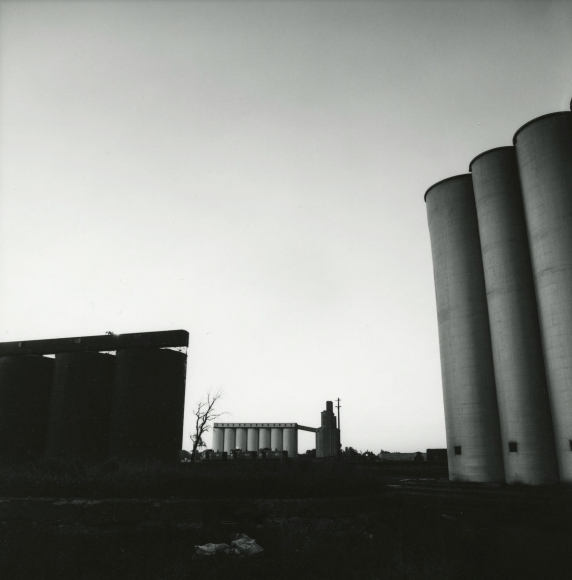
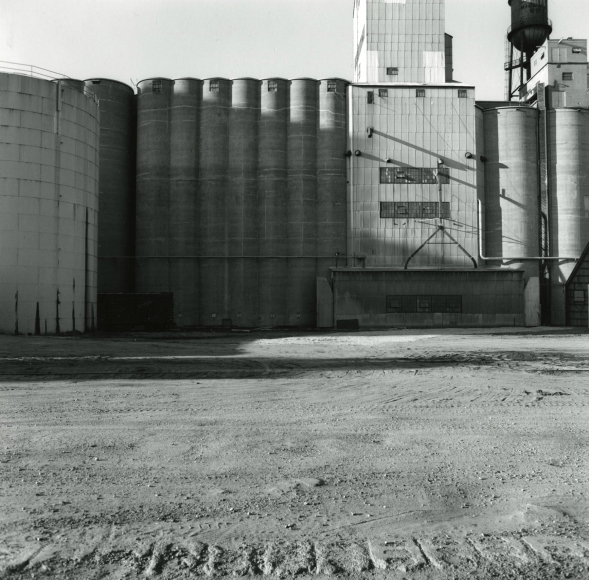
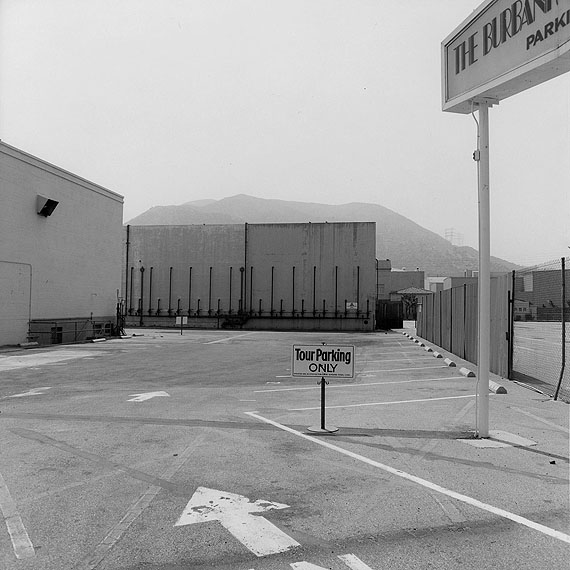
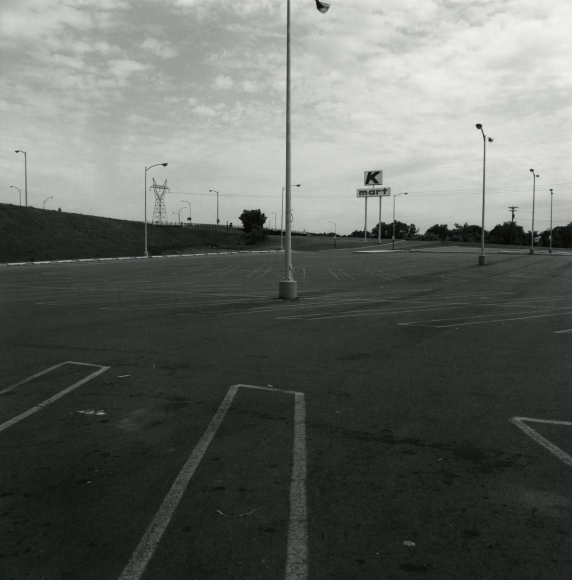 His monographs include Landscapes from the Middle of the World: Photographs 1972 – 1987 (1988); Measure of Emptiness: Grain Elevators in the American Landscape (1992); The Sudbury River: A Celebration (1993); and Mount St. Helens (2005).
His monographs include Landscapes from the Middle of the World: Photographs 1972 – 1987 (1988); Measure of Emptiness: Grain Elevators in the American Landscape (1992); The Sudbury River: A Celebration (1993); and Mount St. Helens (2005).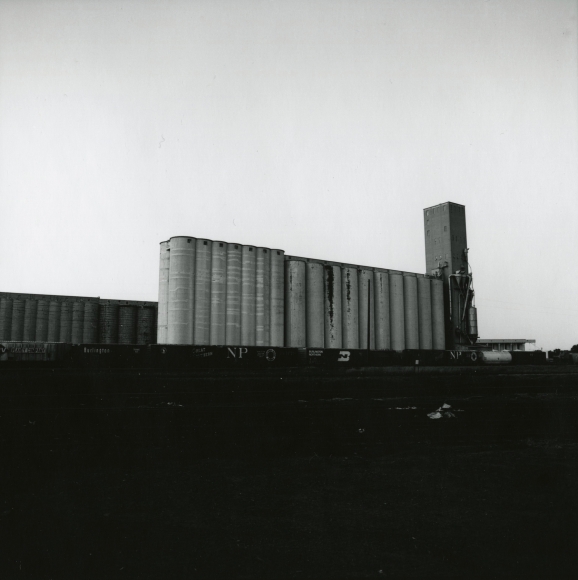
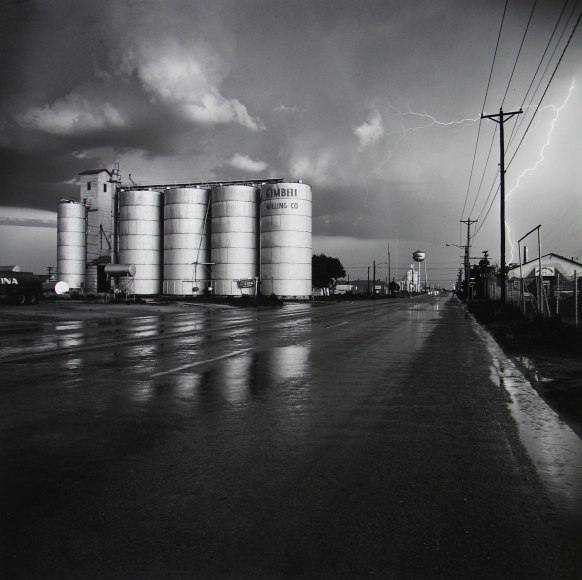
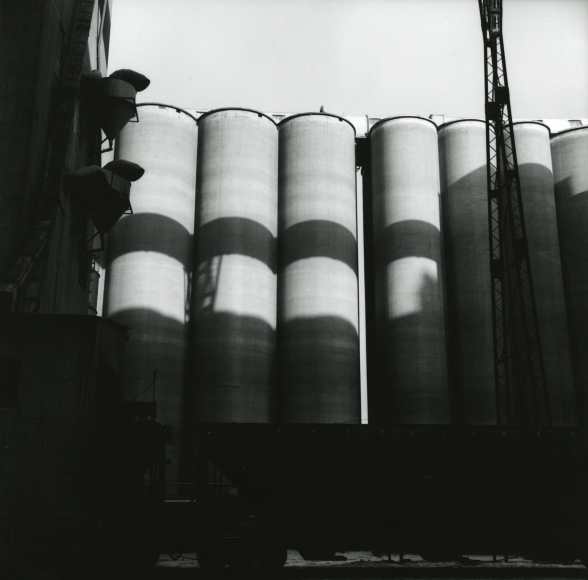 Frank captures the shadows that are cast on the grain elevators by natural light. He positions himself so as to capture them through the other structures behind him.
Frank captures the shadows that are cast on the grain elevators by natural light. He positions himself so as to capture them through the other structures behind him.















